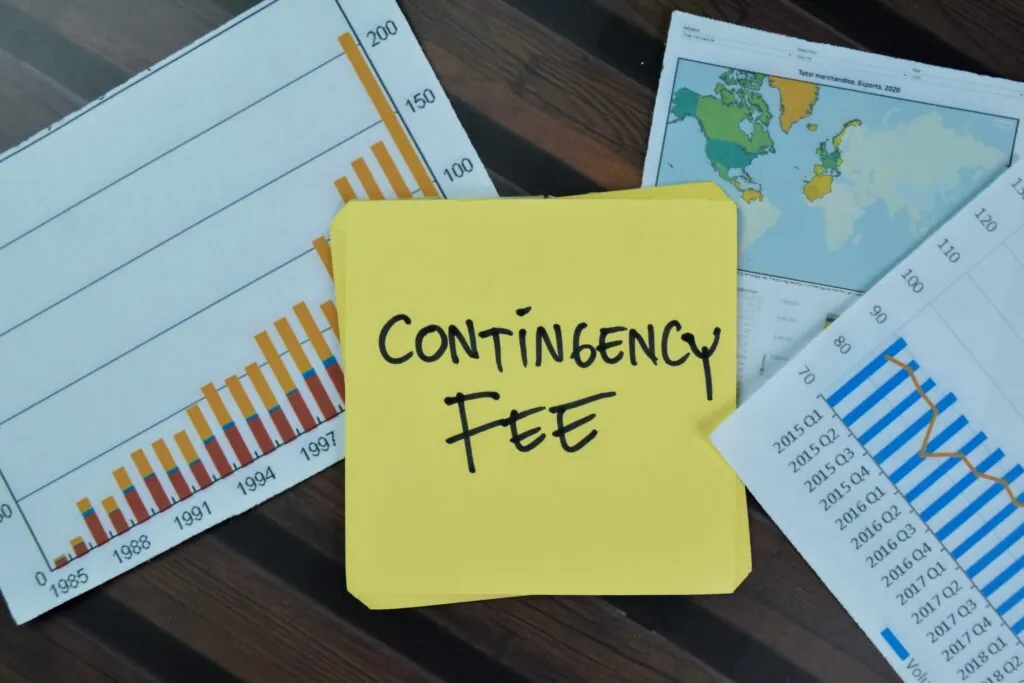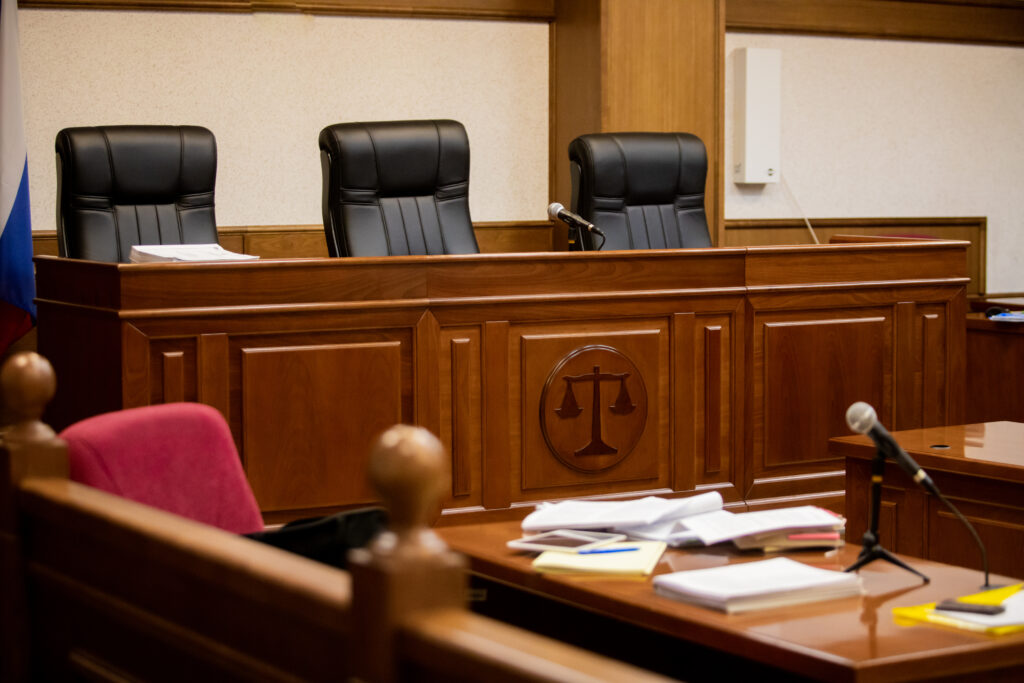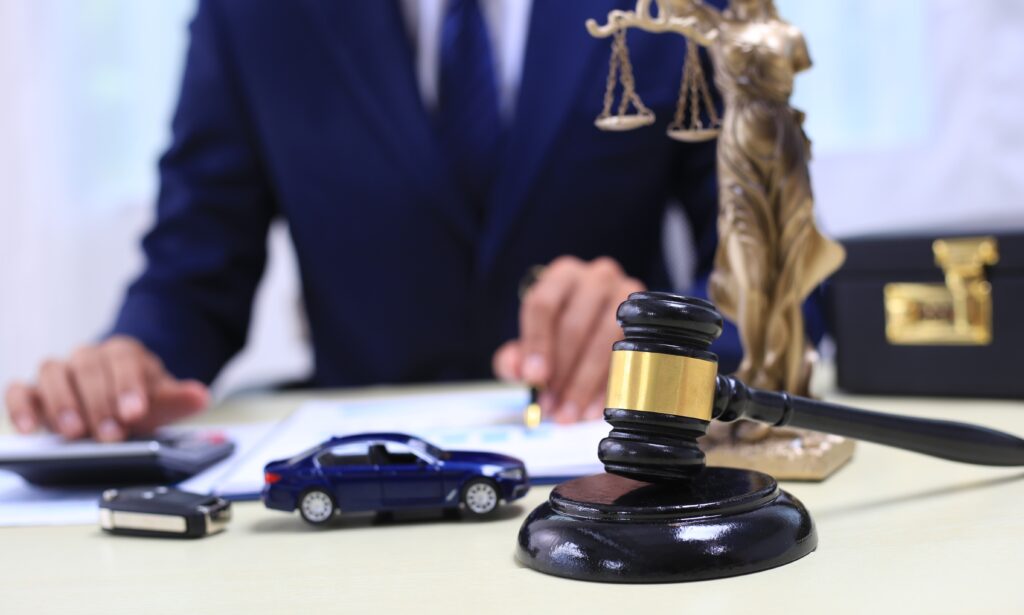If you’ve been hurt in a collision, you may be asking yourself: how much does a lawyer cost for a car
accident? It’s a common concern, especially when you’re already dealing with lost income, vehicle damage, and physical pain.
The good news? Most personal injury lawyers in Alberta—including those at MNH Injury Lawyers—don’t charge upfront fees. Instead, they work on a contingency basis. That means you only pay if your lawyer wins or settles your case.
If you’re searching for an qualified Edmonton car accident lawyer, understanding how legal fees actually work can help you make confident, informed decisions about your future.
GET YOUR FREE CONSULTATION NOW!
What Is a Contingency Fee Agreement?

In Alberta, nearly all car accident lawyers use a contingency fee model. Here’s how it works:
- You don’t pay anything upfront
- Your lawyer takes on the financial risk
- They are paid a percentage (typically 25% to 35%) of your settlement or court award
- If you lose your case, you don’t owe legal fees
Contingency agreements are designed to give you access to legal help—regardless of your financial situation. Under Alberta’s rules, lawyers must provide a written fee agreement that outlines all terms clearly. You’ll know the percentage, what’s included, and how costs are handled before you sign anything.
This approach allows you to focus on recovery—not legal bills—and gives your lawyer a strong incentive to secure the highest compensation possible.
What’s Included in That Fee?
When you hire a car accident lawyer on a contingency basis, you’re getting more than just legal advice. You’re hiring an experienced team to manage every aspect of your claim.
Here’s what’s typically included:
- Gathering police reports, witness statements, and crash scene evidence
- Reviewing medical records and consulting specialists
- Calculating past and future financial losses
- Negotiating directly with insurers
- Filing paperwork and managing deadlines
- Preparing your case for court if needed
- Providing consistent updates and communication throughout the process
An experienced Edmonton car accident lawyer can take a massive burden off your shoulders—handling every legal and insurance detail while you focus on healing.
Do I Have to Pay Legal Costs if I Lose?
One of the most common fears people have is: What happens if I lose my case? In a contingency fee arrangement, the short answer is that you won’t pay legal fees—but there’s more to understand.
In Alberta, even if you don’t recover compensation, there may still be disbursements to consider. These are out-of-pocket costs the law firm covers during your case, such as:
- Medical records and reports
- Expert witness fees
- Court filing fees
- Accident reconstruction expenses
- Postage and courier services
Many firms, including MNH Injury Lawyers, cover disbursements upfront. In most cases, these are only reimbursed if your case is successful. That means you’re not paying out-of-pocket during the legal process—and there’s no risk of being billed unexpectedly if your claim doesn’t succeed.
When you work with a trusted Edmonton car accident lawyer, everything is discussed in writing before the case begins, so you know exactly what to expect.
Why Hiring a Car Accident Lawyer Often Pays for Itself
Some people hesitate to contact a lawyer because they worry about legal fees cutting into their compensation. But in reality, hiring a lawyer can often lead to far greater overall results.
Here’s why:
- Insurers offer lower settlements to people without legal representation
- A lawyer ensures every damage—including long-term pain, psychological trauma, and future lost income—is properly calculated
- Lawyers can access experts and evidence you wouldn’t be able to gather on your own
- They handle negotiations and appeals, reducing stress and avoiding costly mistakes
- If your case goes to court, a lawyer prepares all arguments and advocates for you at trial
The right Edmonton car accident lawyer can turn a small offer into a meaningful, long-term financial recovery—often offsetting the legal fee several times over.
Don’t Let Cost Keep You From Calling a Lawyer
You don’t need to be wealthy—or even financially stable—to hire a personal injury lawyer. That’s the whole point of contingency fee agreements.
At MNH Injury Lawyers:
- Your first consultation is completely free
- There’s no pressure to hire us after that meeting
- If we take your case, you pay nothing up front
- We’ll explain the fee structure in plain language before you sign anything
If you’ve been injured in a car accident, don’t let concerns about cost stop you from protecting your rights. The sooner you contact a lawyer, the more time you’ll have to build your case—and the more power you’ll have during negotiations.
What to Ask a Lawyer During Your First Meeting
If you’re considering hiring a personal injury lawyer after a car accident, your first consultation is your chance to get answers—without any financial commitment. Here are key questions to ask to make sure you understand the cost structure and the value offered:
- What percentage do you charge under your contingency fee? Alberta law requires lawyers to disclose this up front. Standard fees range between 25–35%, depending on complexity.
- Do you cover disbursements? Ask whether the law firm pays for upfront costs like medical records or expert reports and whether repayment is contingent on success.
- Will I owe anything if my case is unsuccessful? The answer should be no for legal fees, and any potential disbursement obligations should be clearly outlined.
- How do you calculate your fee if the case settles early vs. going to trial? Some firms have tiered percentages depending on case length and outcome. Be sure you understand how these are applied.
- Do you have experience with cases like mine? Choose someone familiar with the type of accident you experienced—especially if it involved long-term injuries or disputed liability.
At MNH Injury Lawyers, we welcome these questions. We believe clarity about costs builds trust—and trust builds better results.
How Contingency Fees Are Regulated in Alberta
In Alberta, contingency fees are subject to strict oversight by the Law Society of Alberta. These regulations exist to protect injured clients and ensure lawyers act fairly and transparently.
Some key requirements include:
- All contingency fee agreements must be in writing
- The agreement must be provided to the client before it is signed
- Lawyers must clearly explain how and when they get paid
- The client must be given a copy of the signed agreement
- If the matter is resolved, the lawyer must provide a full accounting of how the fee was calculated
In addition, Alberta law prohibits lawyers from charging unconscionable or excessive fees. If a lawyer’s contingency fee is deemed unreasonable, it can be challenged and reviewed.
These protections give you peace of mind when choosing an Edmonton car accident lawyer—and reinforce that contingency-based legal help is not just affordable, but also well-regulated.
What Happens If You Switch Lawyers?

Some injury victims hire one lawyer, then realize they want to change firms. This may be due to lack of communication, slow progress, or uncertainty about fees.
You have the right to switch lawyers at any time.
Here’s how it works:
- You will still sign a contingency agreement with the new firm
- Your former lawyer may be entitled to compensation for work already performed
- However, you still only pay one legal fee, not two
- The law firms will negotiate fee-sharing in the background
- You are not responsible for managing the switch—it’s handled by the lawyers
If you’re unhappy with how your case is being handled or unclear about the costs, a second opinion from MNH Injury Lawyers can help. We regularly take over cases for clients who feel neglected or misinformed.
Real Value vs. Perceived Cost: The Bigger Picture
Some people worry that hiring a lawyer will leave them with less money than if they handled their case alone. But here’s the reality: insurers know when you’re unrepresented, and they act accordingly.
Without legal representation, you may:
- Accept a lowball settlement that doesn’t reflect future pain or lost income
- Miss critical legal deadlines or evidence
- Settle too early—before your injuries fully develop
- Be pressured into accepting fault or partial blame
- Fail to pursue non-economic damages (e.g., pain and suffering, psychological distress)
A strong Edmonton car accident lawyer will help you see the full scope of your losses—economic, physical, and emotional—and fight to recover what you’re truly entitled to. Even after a contingency fee, the final result is often far higher than what you could obtain alone.
Why “Free” Insurance Help Isn’t Really Free
Insurance companies often offer to “help” you after an accident. They may promise quick resolution, simple paperwork, or even suggest you don’t need a lawyer. But remember: they’re protecting their own bottom line, not yours.
Here’s what that so-called free help often misses:
- They’re not calculating pain and suffering
- They rarely account for future income loss
- They often skip psychological injuries, like anxiety or PTSD
- They downplay soft-tissue or invisible injuries
- They settle fast—before you understand the full cost of recovery
Hiring an Edmonton car accident lawyer levels the playing field. Your lawyer advocates only for you, ensures nothing is overlooked, and makes sure the long-term impact of your injury is properly valued.
That’s not free help—it’s professional legal protection.
How Lawyer Fees Are Paid After Settlement
Clients often wonder: How do I actually pay the legal fee when the case is over? The good news is: you don’t pay anything out-of-pocket. The fee comes directly from the compensation recovered.
Here’s how it works:
- You win or settle your case
- The insurance company issues payment to your lawyer’s trust account
- Your lawyer deducts the agreed-upon contingency fee
- Any disbursements are reimbursed (if applicable)
- The rest is paid to you
You’ll receive a full breakdown of the amount recovered, the fee taken, and your final compensation. Everything is documented in writing.
When you work with an Edmonton car accident lawyer like MNH, this process ensures your lawyer only gets paid when you do—and only in the amount you agreed to up front.
The Long-Term Cost of Not Hiring a Lawyer
While many people focus on how much a lawyer costs, it’s also worth asking: What’s the cost of going it alone?
Without legal guidance, you risk:
- Settling for thousands less than your claim is worth
- Missing the deadline to file a proper claim
- Accepting fault you didn’t need to
- Failing to document the full scope of your injury
- Ending up with medical debt, missed wages, or reduced earning capacity
In serious injury cases, these decisions can affect your financial health for years. A contingency fee may seem like a percentage today—but the value of the guidance you receive could be ten times that in future stability.
At MNH Injury Lawyers, we make sure you don’t leave money—or peace of mind—on the table.
How MNH Injury Lawyers Handles Legal Fees
At MNH Injury Lawyers, we believe that everyone deserves high-quality legal representation—regardless of income or financial situation. That’s why we offer clear, risk-free contingency fee arrangements to all injury clients across Alberta.
When you work with us, you can expect:
- No upfront legal fees
- No hourly billing
- No legal fee unless we recover compensation
- Full transparency with a written agreement outlining our percentage
- Disbursement coverage, so you don’t pay for medical records, expert reports, or filing fees up front
When you work with us, our approach is consistent: you focus on recovery, and we take care of everything else.
We’ll also walk you through every cost-related question before we begin. That way, there are no surprises, just legal support you can count on.
Worried About How Much a Lawyer Costs After a Car Accident? Call MNH Injury Lawyers

So, how much does a lawyer cost for a car accident? In Alberta, it often costs you nothing up front—and only a portion of what your lawyer helps you recover.
At MNH Injury Lawyers, we’ve built our entire approach on making legal help accessible. You don’t need to worry about hourly fees, upfront retainers, or financial risk. You just need to focus on healing.
If you or a loved one has been injured in a crash, don’t let legal fees stand in the way of your recovery. If you’re looking for an Edmonton personal injury lawyer, we’re here to help.
Call MNH Injury Lawyers at (888) 664-5298 for a free consultation. We’ll answer your questions, review your case, and explain exactly how our fees work—so you can decide what’s best for your future.
